In a world full of conflict and division, stories of reconciliation bring us hope and inspiration. Here are 11 incredible true stories of reconciliation after many years, and in some cases, even decades, of separation. These stories show the power of forgiveness and the human spirit’s ability to heal and find peace, even after prolonged periods of conflict.
South Africa: Nelson Mandela and F.W. de Klerk
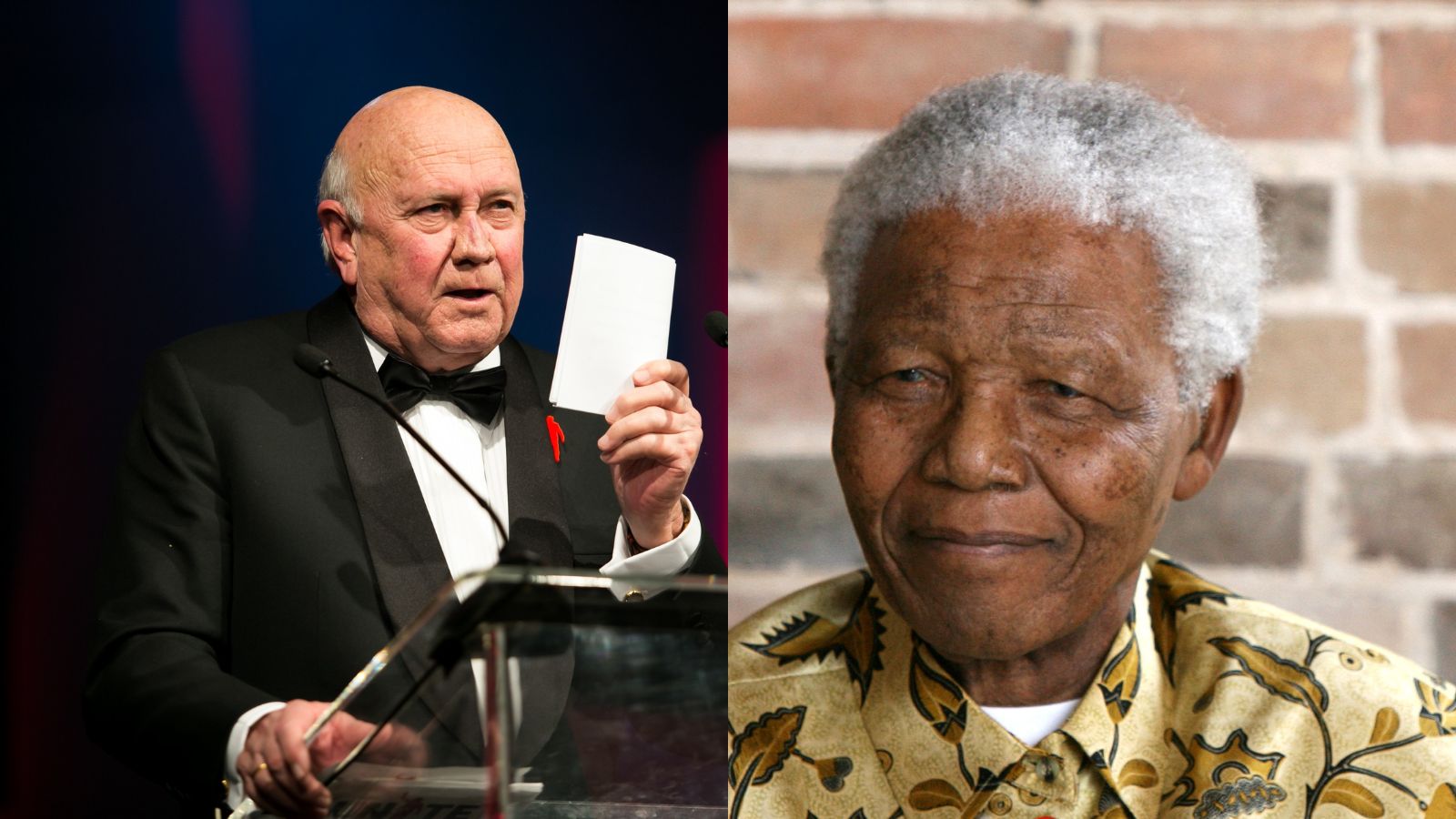
South Africa is best known for its reconciliation process, which saw the country transition from apartheid to a democratic society. After 27 years in prison, Nelson Mandela cooperated with President F. W. de Klerk to disband the apartheid regime. Their joint efforts enabled South Africa to hold free elections for the first time in 1994, which Mandela won after being elected president. Although they were once enemies, Mandela and de Klerk would jointly receive the Nobel Peace Prize in 1993 as a testament to a unified goal of peace moving forward.
Germany and France: Post-WWII Reconciliation
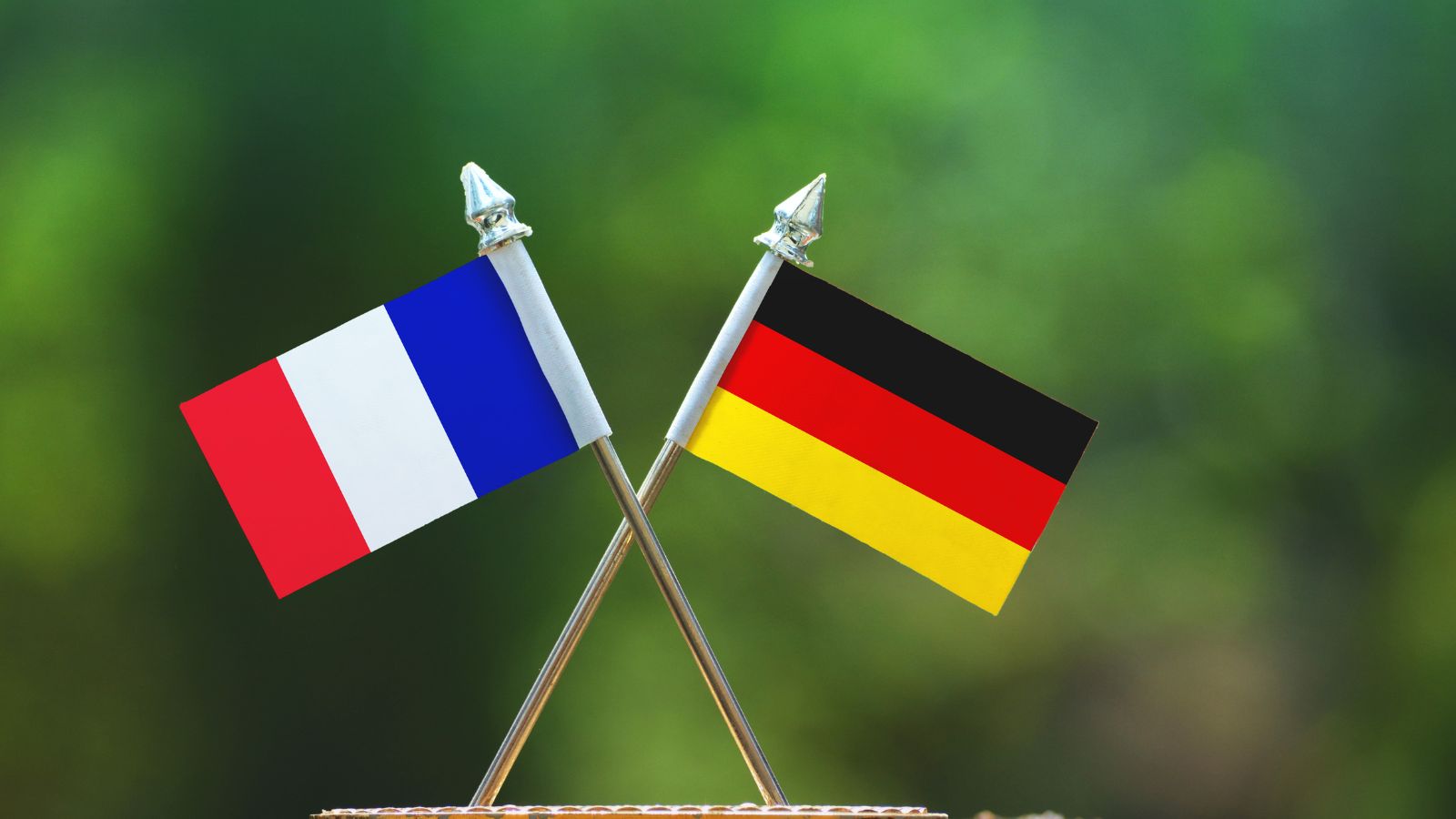
After World War II, Germany and France did not want another war ever again. French President Charles de Gaulle and German Chancellor Konrad Adenauer were the heads of state initiating the process. Their 1963 Élysée Treaty established a new, binding era of collaboration and friendship as the cornerstone for what is today called the European Union in a way that proved that former archenemies could be close companions.
Rwanda: Healing After the Genocide
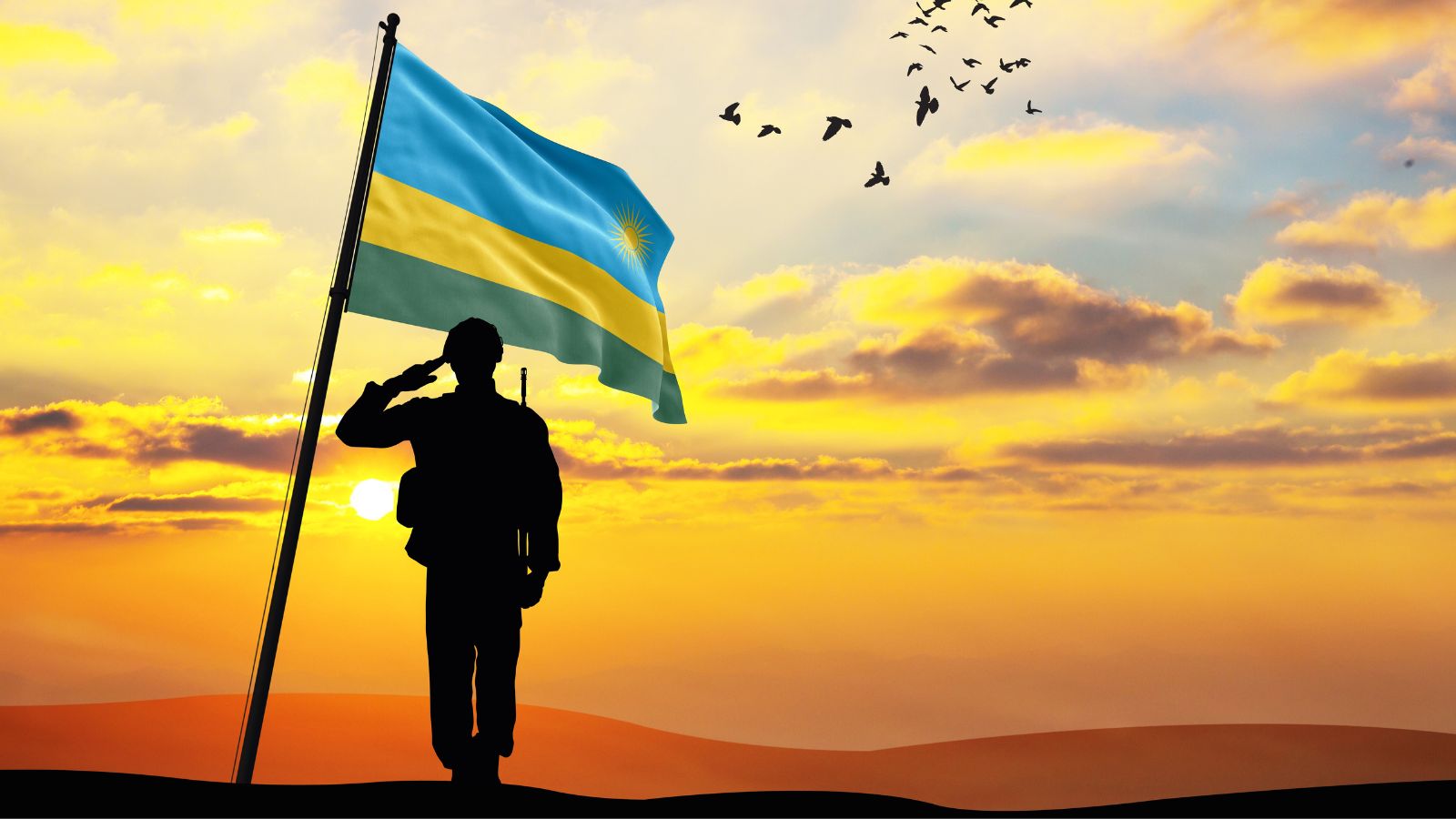
Rwanda had a savage post-election genocide where about one million people died in 1994. The country was faced with the massive challenge of reconciliation. Grassroots initiatives such as the Gacaca courts involved local communities in their pursuit of justice and reconciliation. Survivors talked to perpetrators, and the two sides told their truths face-to-face as they sought forgiveness for a reconciliation that would create an uneasy peace.
Northern Ireland: The Good Friday Agreement
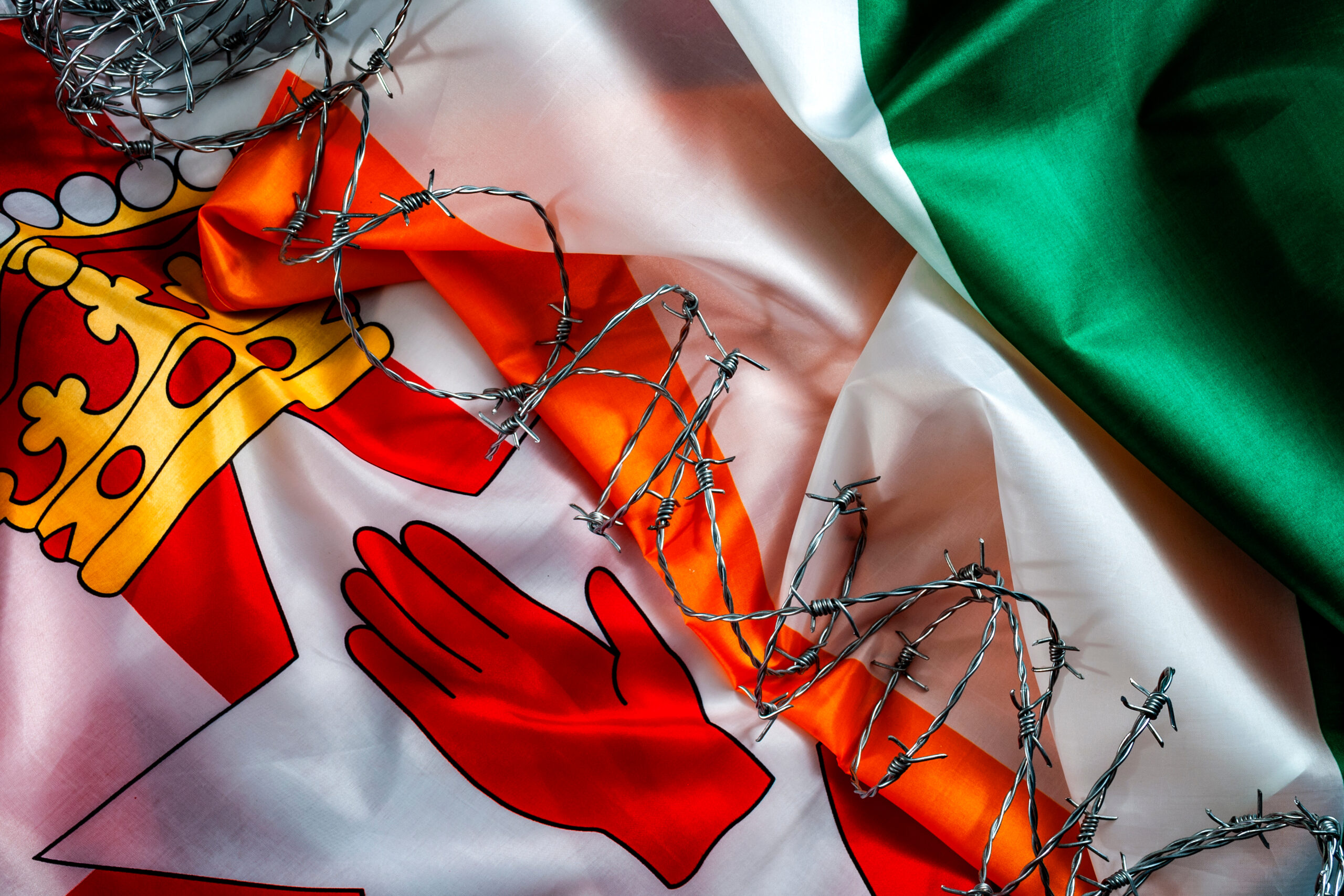
For many years, Belfast, the capital of Northern Ireland, was known for violence and chaos. Protestant unionists fought with Catholic nationalists in a conflict called The Troubles. Peace came in 1998, with the Good Friday Agreement concluded under international guidance and extensive U.S. facilitation by Senator George Mitchell. The deal created a power-sharing government and set out procedures for the decommissioning of arms and the release from prison of political prisoners; after that discussion, there was peace.
Colombia: FARC and the Government
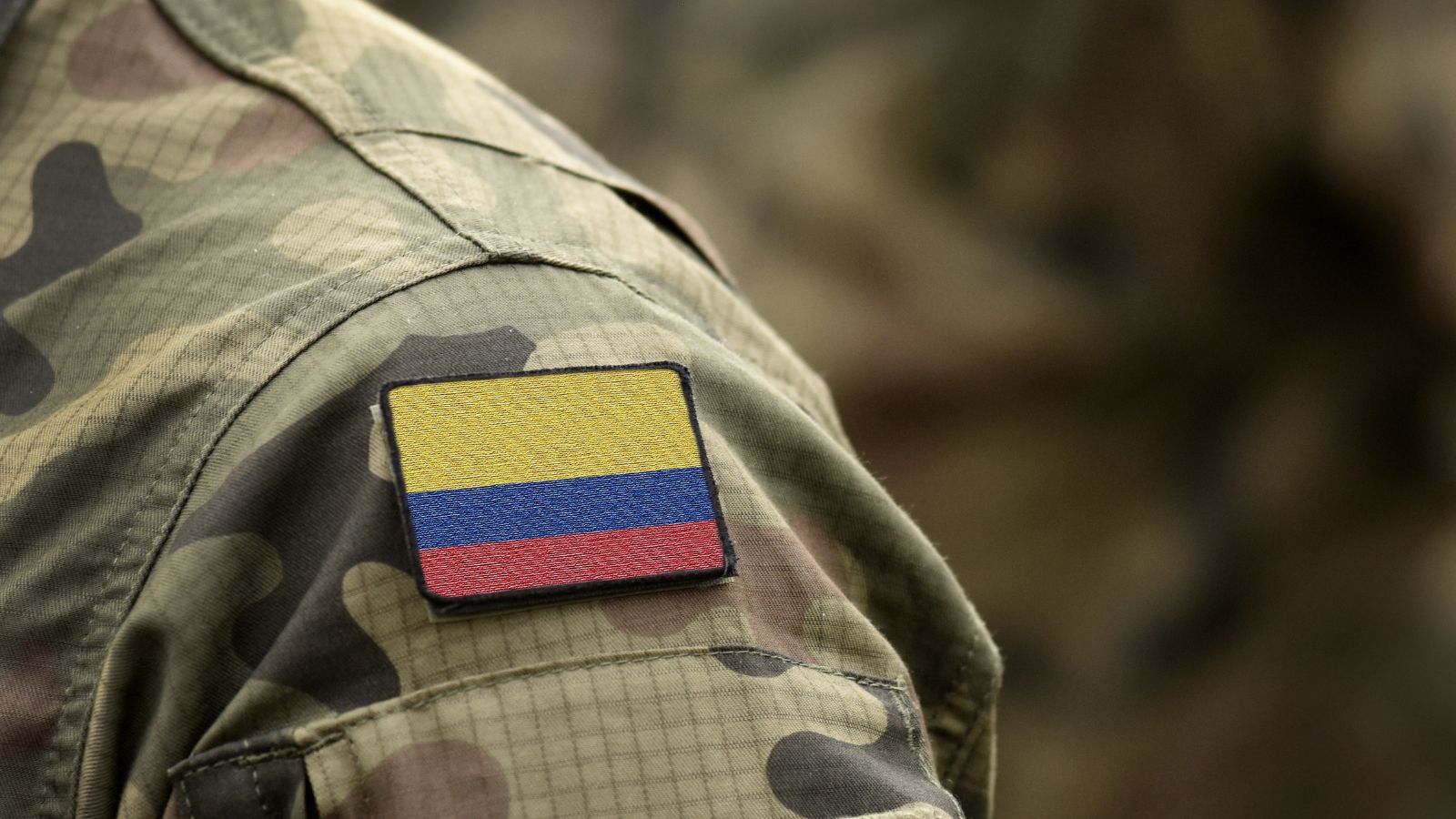
The government battled the FARC (Revolutionary Armed Forces of Colombia) in a war that lasted more than 50 years. In 2016, a peace agreement was concluded after years of negotiation. Under the terms of the peace deal, FARC disarmed and converted into a political party, while the government promised reforms on land rights and social programs. It was an agreement in the face of adversity, but it created a pathway for healing.
Cambodia: The Khmer Rouge and Survivors
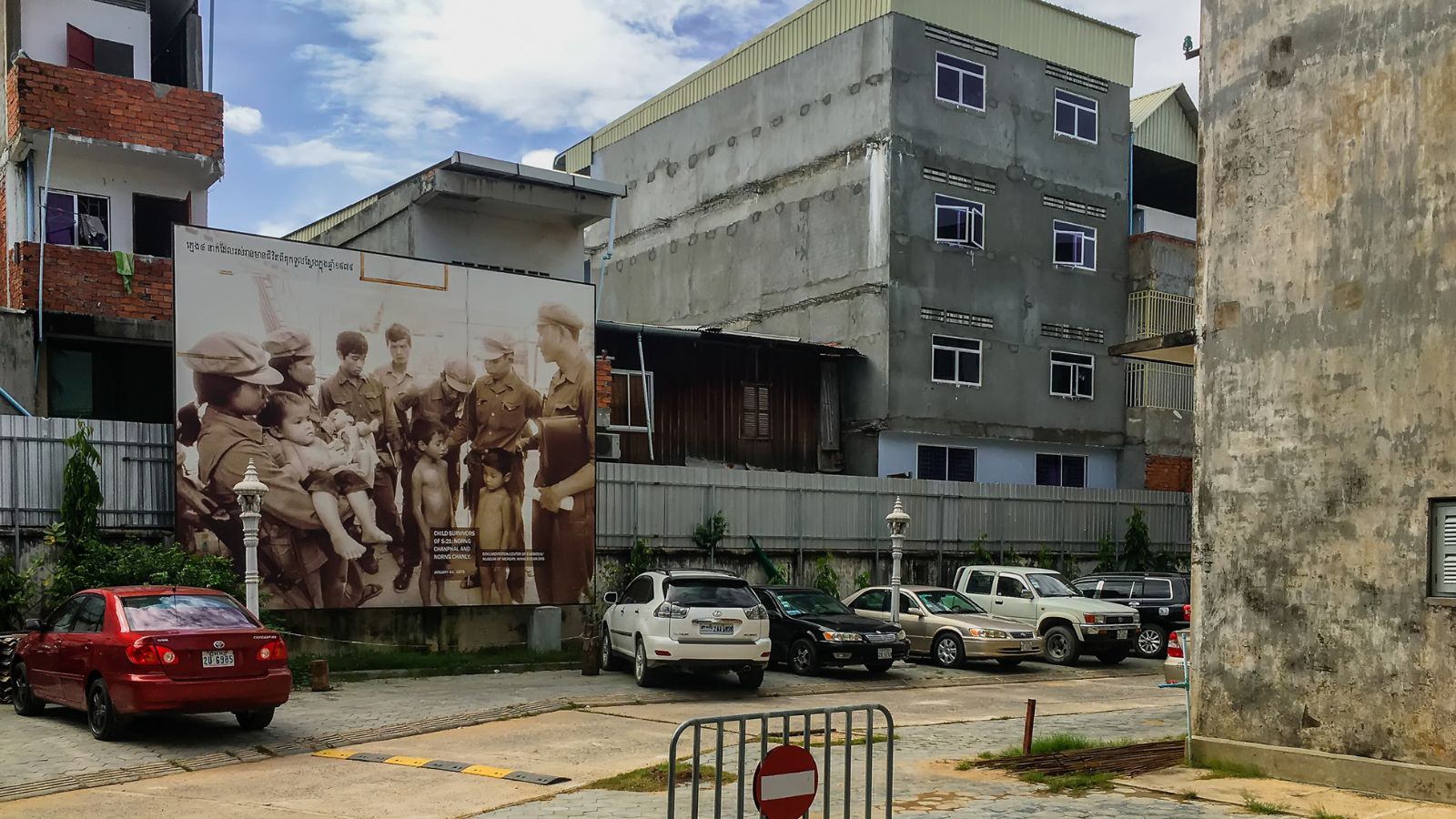
Almost two million people were killed under the Khmer Rouge regime in Cambodia (1975-1979). Slow and steady steps to make amends have been taken over the past few decades. A special tribunal, the Extraordinary Chambers in the Courts of Cambodia, prosecuted several Khmer Rouge leaders. Dialogues between survivors and perpetrators in community healing programs have helped the nation heal.
Japan and South Korea: Post-War Relations
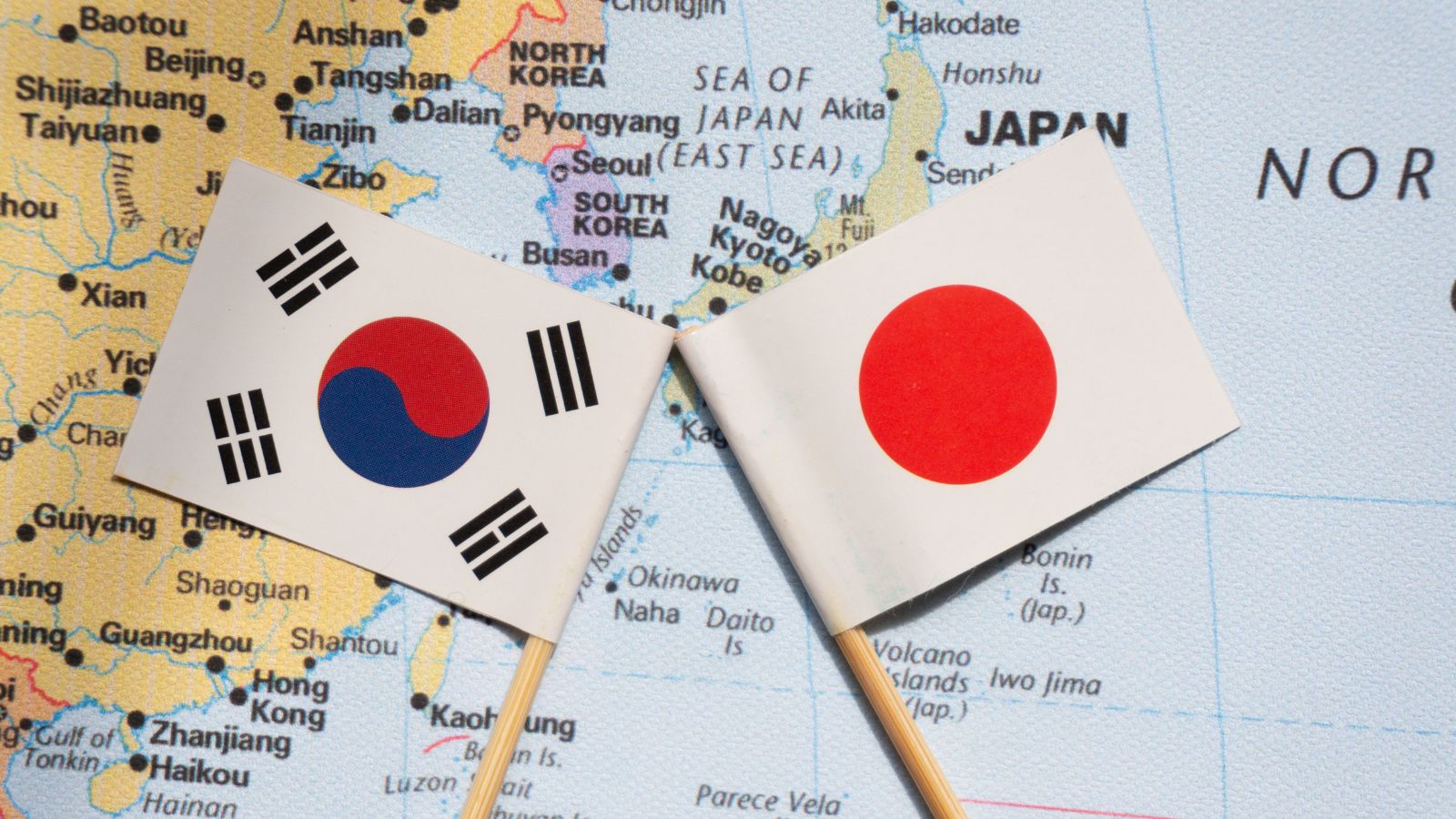
Japan’s colonization of Korea from 1910 to 1945 created a complex history between the two countries. In subsequent years, both nations made efforts to reconcile. Japan has expressed remorse, and there have been numerous cultural and economic exchanges. Although tensions still exist, initiatives like exchanges of young people and joint historical research are helping to promote understanding and reconciliation.
United States: Civil Rights Movement
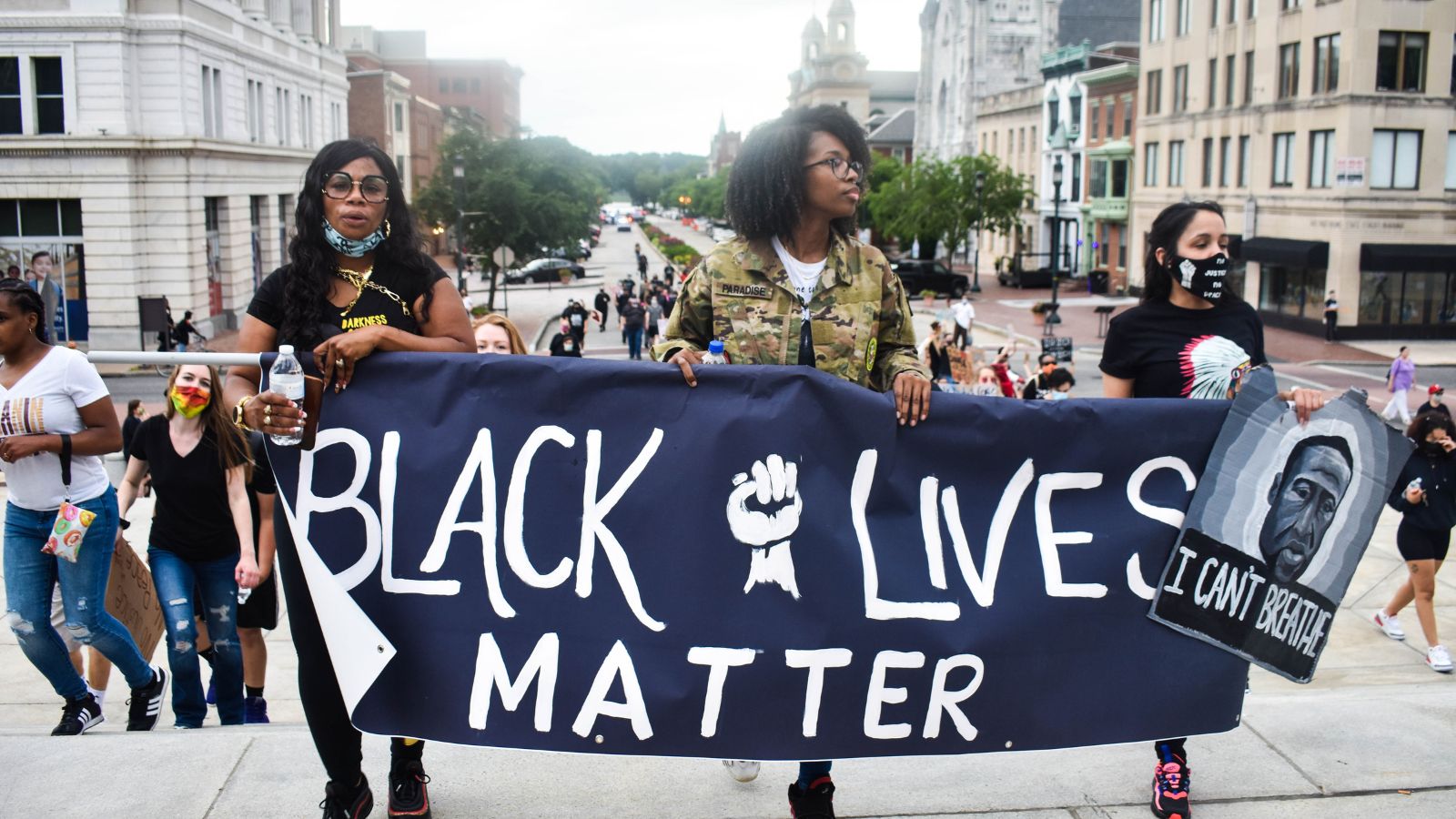
A turning point in improving racial relations came with the Civil Rights Movement in the United States. Leaders such as Martin Luther King supported nonviolent confrontation and dialogue. The movement resulted in the passing of significant legislation that ended segregation and increased equity, including the Civil Rights Act (1964), which discriminated based on race or color illegal throughout America.
South Korea: North and South Korean Families

The peninsula was split during the Korean War (1950-53), and hundreds of thousands of families were divided. Over the years, there have also been a few short-lived family reunions supported by both governments. For estranged families, these emotional reunions represent a short but poignant respite in their long separation and stand hopeful dreams for the future unification of the two Koreas.
Australia: Indigenous Reconciliation
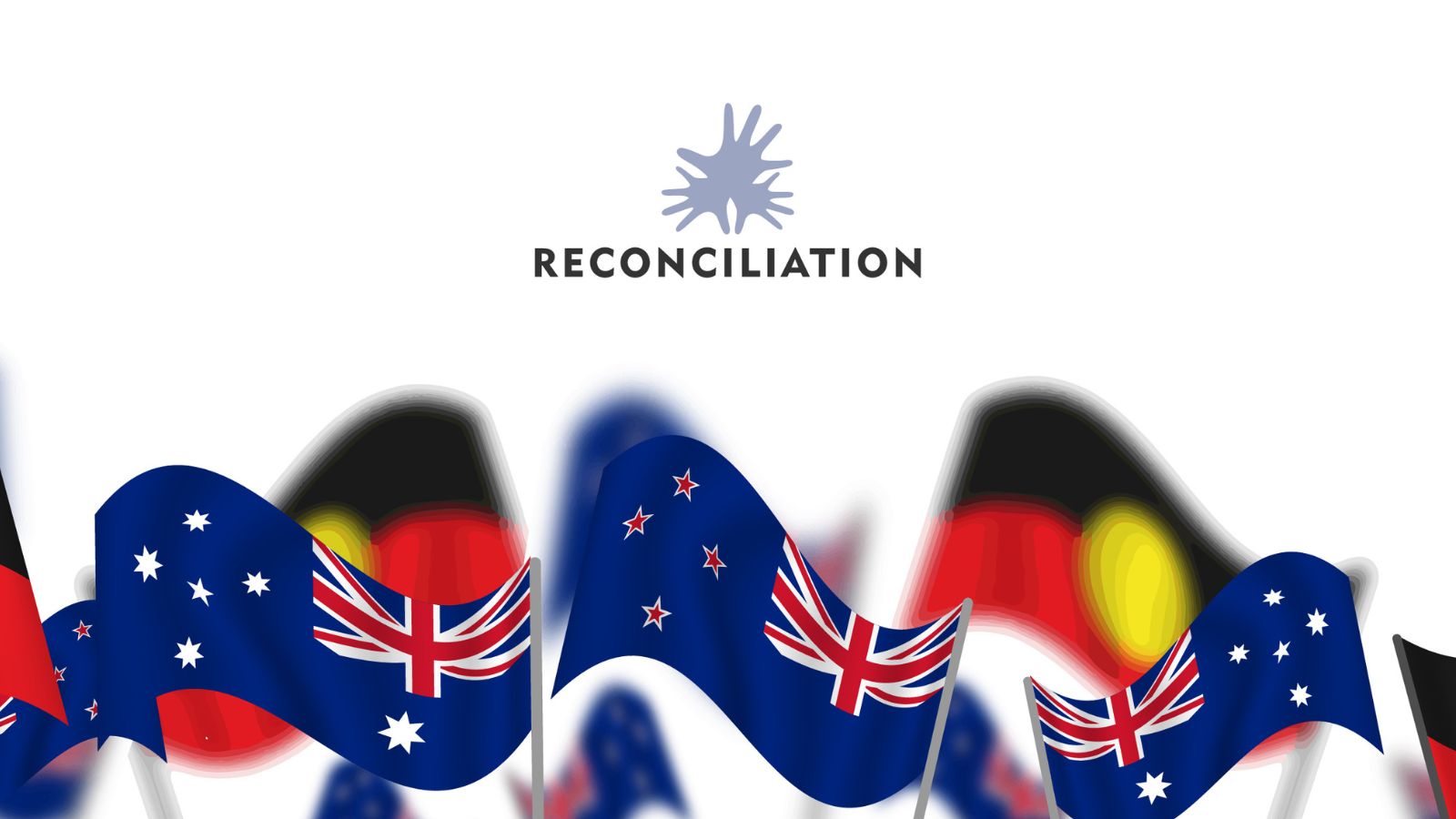
Australia has a history of dispossessing and discriminating against its Indigenous population. Significant steps have been taken to reconcile in the last couple of decades. Prime Minister Kevin Rudd recognized that states also apologized in the 2008 National Apology. National Reconciliation Week and the Reconciliation Action Plan all aim to create understanding between Indigenous Australians, our first peoples, and non-Indigenous Australians.
Guatemala: Post-Civil War Reconciliation
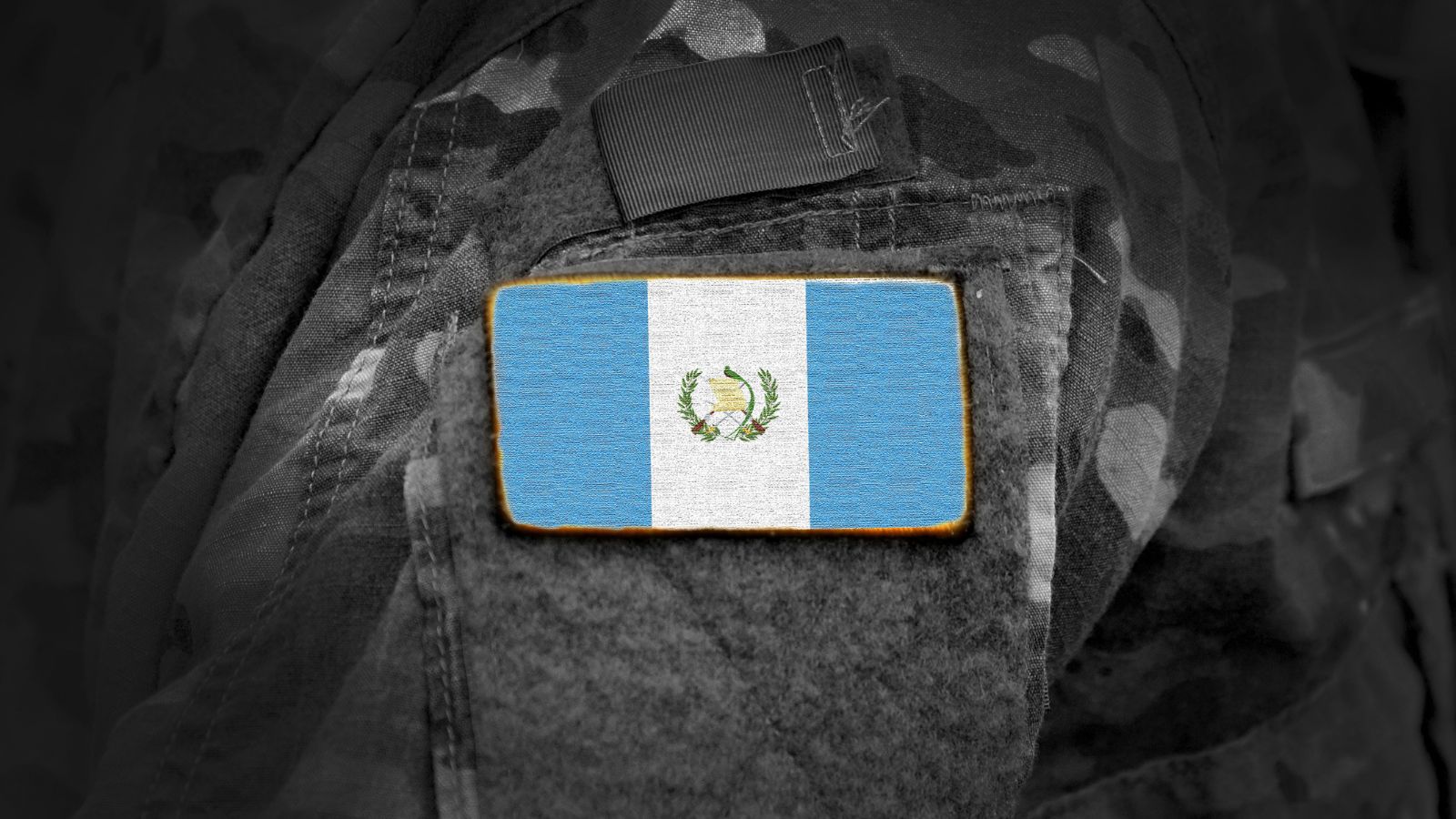
Two hundred thousand people were killed or disappeared during Guatemala’s civil war (1960-1996). Peace accords were signed in 1996, which started a process of reconciliation. Truth commissions, reparations, and public apologies have all been part of its healing process. Local NGOs work on justice and memory – for example, assisting survivors or helping society at large to confront its past.
Conclusion

These are stories of human resilience and forgiveness. This can be a long and arduous process that takes endurance, dedication, and understanding. And yet these examples demonstrate an opportunity for reconciliation and peace even after the most bitter partings – a glimmer of hope in dark times.
14 Cars with a Reputation for Running Forever and Why They Outperform the Rest

In the dynamic world of automobiles, some cars stand out for their remarkable longevity and enduring performance. These road warriors have earned a reputation for running seemingly forever, outpacing their counterparts. This article will explore 14 such vehicles and the reasons behind their legendary durability.
14 Cars With A Reputation For Running Forever And Why They Outperform The Rest
